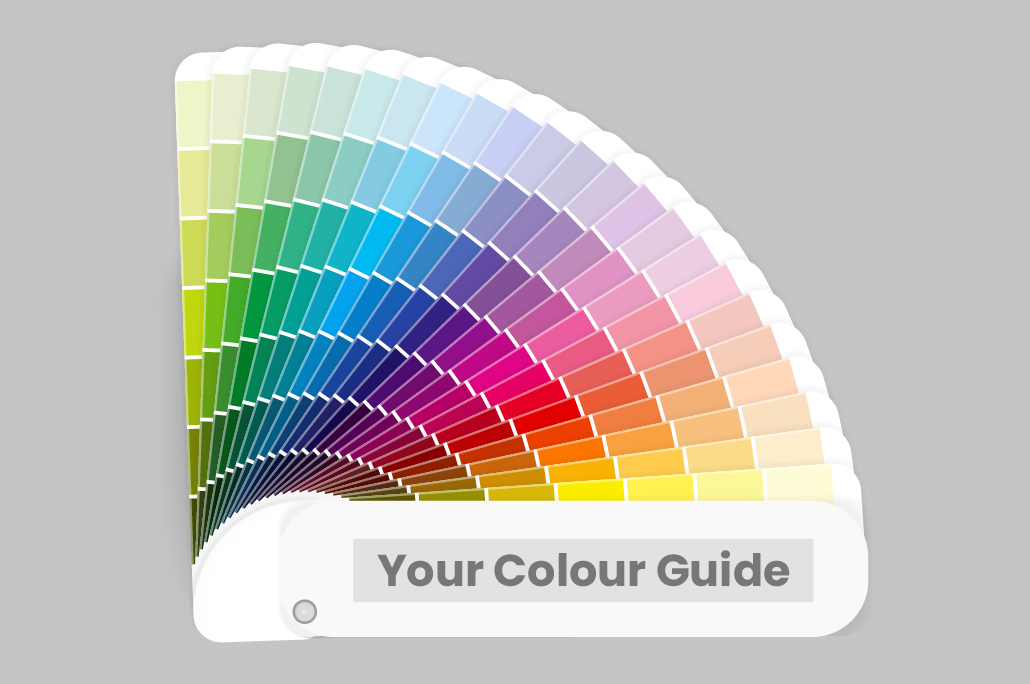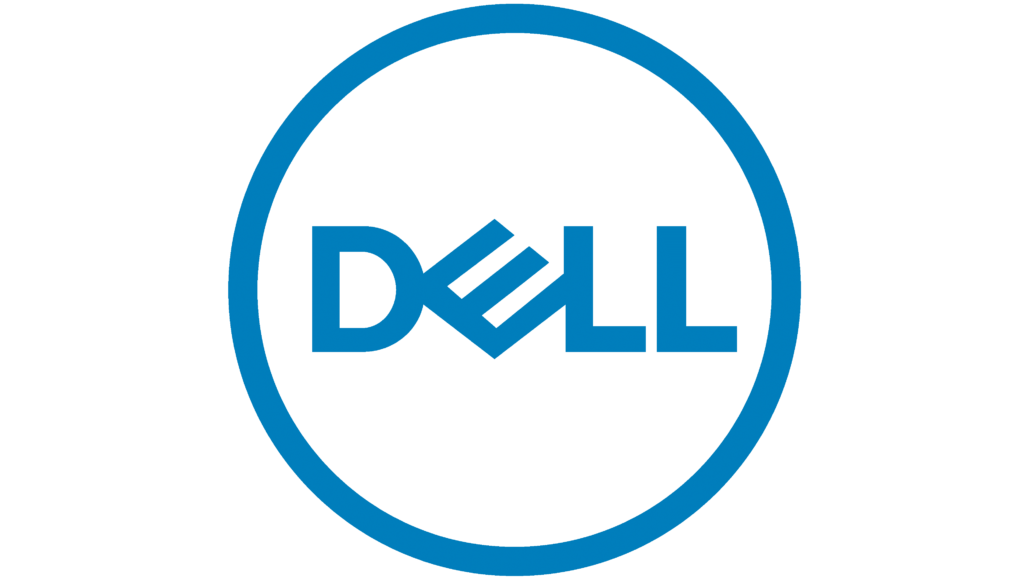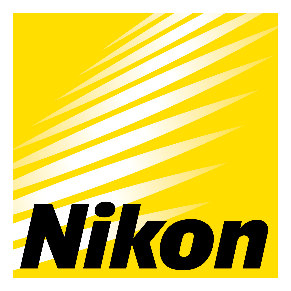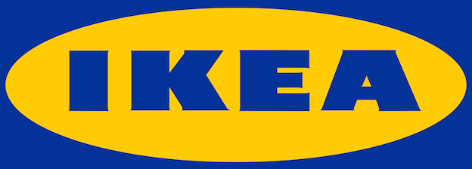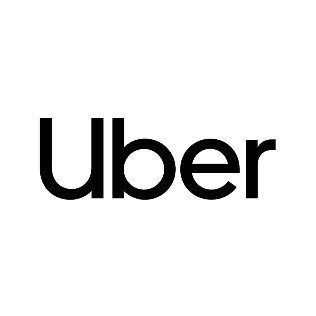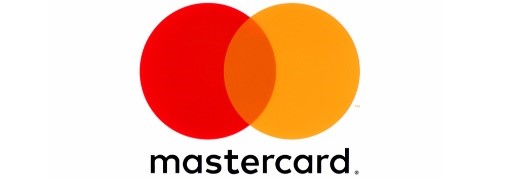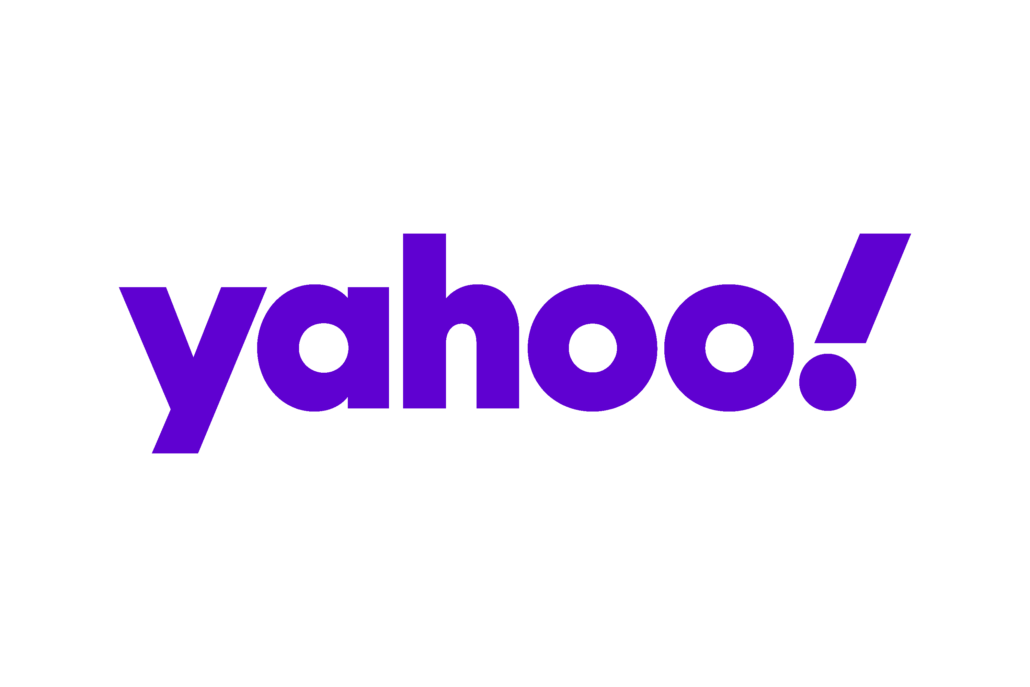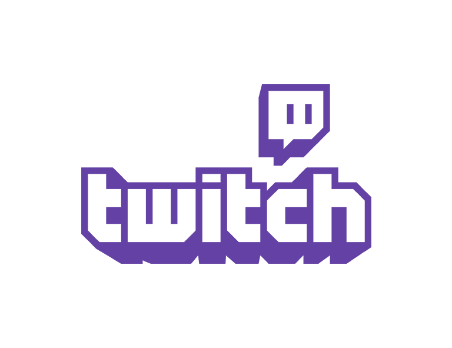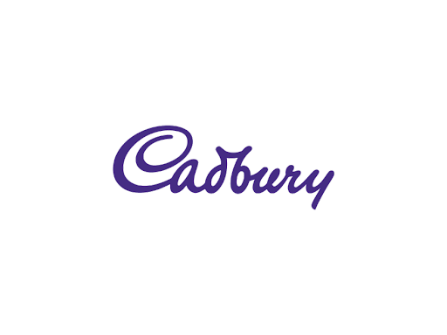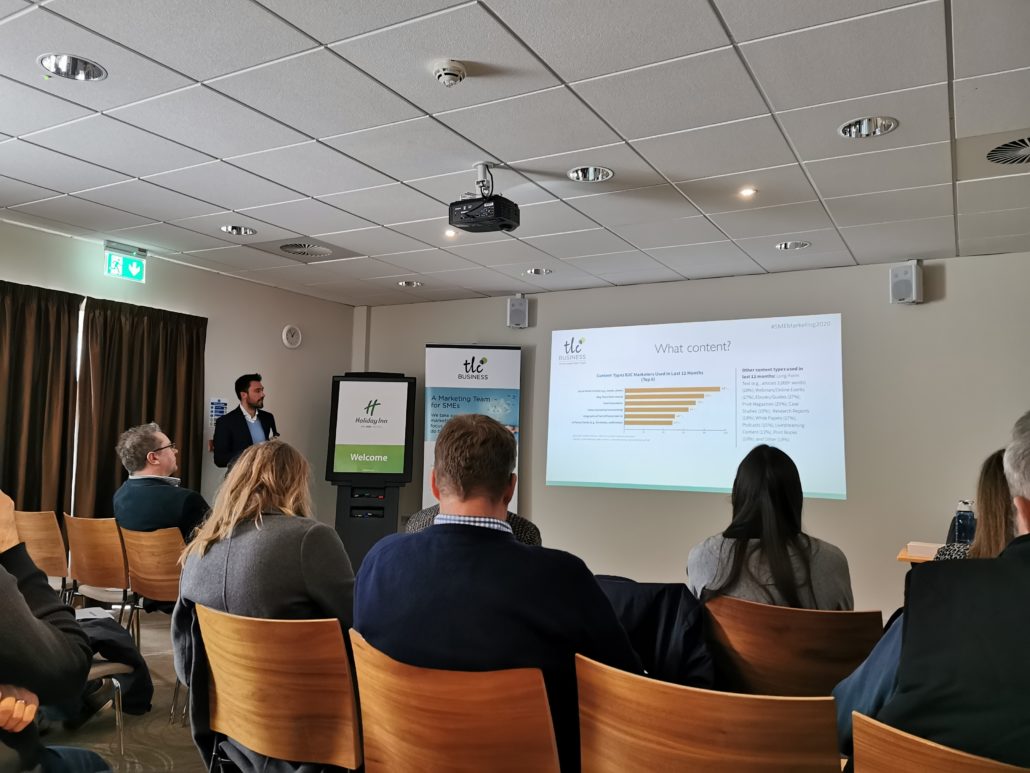7 marketing trends to look out for in 2022
The world of marketing is constantly evolving with innovative ways to engage with customers.
So we’ve put this blog together, so you can keep on top of the latest marketing trends, to build your business’ reputation and customer loyalty, as well as generate additional revenue:
1) Personalisation
A customised experience is becoming a big factor in customer spending, with 48% of millennials expecting personalisation. So businesses are adapting to offer a personalised service through customer profiling and targeting individuals directly.
Getting the marketing right helps to increase engagement and brand loyalty, resulting in happy customers who are proven to spend more.
2) Interactive content
Interactive content is a popular trend for 2022 and 93% of marketers have confirmed that video content is a vital part of their marketing strategy.
Many businesses are investing more in short videos as they are successful at capturing an audience’s attention and have the highest ROI (return on investment) of any social media strategy.
Sharing live content allows real-time engagement with your posts and is a really positive way to interact with your target audience. 80% of people like to engage with live videos instead of pre-recorded ones.
The open dialogue also encourages audiences to share information that can be used to create customer profiles and a more personalised service.
Other interactive content like quizzes, calculators and competitions all help to boost customer engagement and brand loyalty.
3) Influencer marketing
Influencers are industry experts with a great reputation. They create engaging content, which their followers will be highly influenced by.
Collaborating with influencers and creating shareable content helps businesses build brand awareness and reach a wider audience.
4) User-generated content
Great customer feedback will sell your service for you, so make sure you shout about it.
Aim to share customer feedback regularly and use case studies to help boost your business’ credibility and sales.
5) Voice search tactics
The rising popularity of virtual assistants like Siri, Alexa and Google, has created a new opportunity in SEO (search engine optimisation).
Writing your content so it answers popular questions will help virtual assistants pick up your content and share it with users.
41% of marketers plan to increase their investment in voice search tactics in 2022.
Check out our recent blog for more top trends in SEO.
6) Promote brand values
What your business stands for is becoming increasingly important to customers and this will continue throughout 2022. Research shows the customers are willing to switch to a brand that shares their values.
So the right brand messaging and content is key. Sustainability is high on the agenda, as is inclusivity.
In 2022, many businesses are including an ‘Accessibility Help’ button that activates alt text descriptions and sign language content, so content is more accessible to everyone.
Showing your business to be ethical and eco-conscious will help you connect with your target audience.
7) Social e-commerce
Social e-commerce is the winning combination of using social media to generate online sales.
Social e-commerce is already high on businesses’ agenda, with 73% of businesses including social e-commerce in their marketing strategy and even more looking to sell on social media in the next 3 years.
Social e-commerce is most successful when there is a clear call to action and users can easily click on photos, videos or in the copy itself to purchase services. Showcasing positive customer feedback and endorsements from influencers will help to generate sales.
To keep up to date with the latest marketing trends, join us for a free virtual marketing ideas session. Call our friendly team today on 01962 600 147 or email info@tlc-business.co.uk


